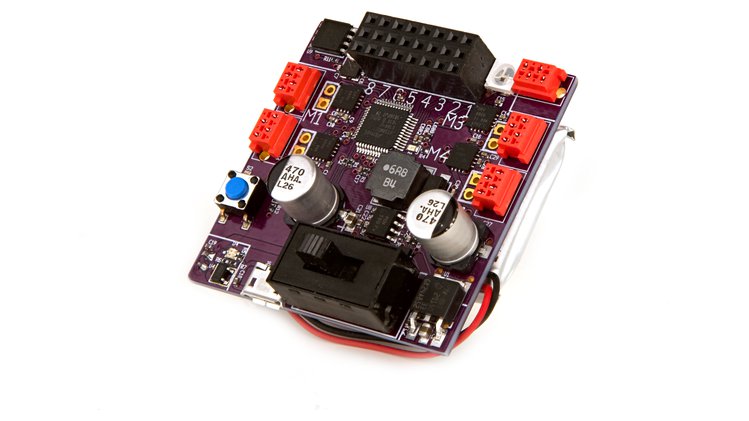

sneklang
source link: https://sneklang.org/
Go to the source link to view the article. You can view the picture content, updated content and better typesetting reading experience. If the link is broken, please click the button below to view the snapshot at that time.

Snek: A Python-inspired Language for Embedded Devices
Snek is a tiny embeddable language targeting processors with only a few kB of flash and ram. Think of something that would have been running BASIC years ago and you'll have the idea. These processors are too small to run MicroPython.
Snek borrows semantics and syntax from python, but only provides a tiny subset of that large language. The goal is to have Snek programs able to run in a full Python (version 3) implementation so that any knowledge gained in learning Snek will transfer directly to learning Python.
Current Status
Snek version 1.7 has been released. This release fixes issues related to “not a number” (NaN) values in comparison operators and as keys in dictionaries. These changes were inspired by reading Jake Edge's article: “Revising NaNs in Python”.
This release also adds the math functions to the Nano Every port.
Releases
I've got Snek packaged for generic Linux, Mac OS X and Windows machines. All three packages include a snek binary for the host operating system to experiment with, binaries for target devices, snekde (the Snek Development Environment) and documentation.
Packages are available in the dist directory here
Debian Packages
Snek is available in Debian unstable. If you're running Debian stable (version 10, aka “Buster”), Snek can be installed from my personal package archive. Instructions on how to set that up for your machine are available in the README in that directory.
There are two snek packages:
snek. The main 'snek' package includes source code for use in your own embedded environment, a binary for all supported boards, the 'snekde' development environment and documentation.
snek-bin. The auxiliary 'snek-bin' package includes a 'snek' application compiled for the host machine, which can be useful to experiment with language features and functions that do not require access to the target hardware.
Mu Editor
Mu is a great development environment for new Snek programmers. Read more about Mu and Snek here
Snekboard
Snekboard is a custom embedded computer designed to run Snek or CircuitPython. The Crowd Supply Campaign for Snekboard finished a few weeks ago. Soon you'll be able to order boards for immediate sale from that page.
Snek and Lego
Snek and Lego make a great combination. Read about how to use them together here
Documentation
All of the documentation included in the snek distribution is linked from the Documentation page.
I started documenting snek in my blog, here is a link to all snek-related blog posts.
There is also a Snek mailing list, which you are encouraged to subscribe to
Source Code
You can find Snek in either my git repository or github
Snek is licensed under the GPLv3 (or later)
Snek in NuttX
NuttX is a moderate-sized embedded RTOS that works on a variety of small systems. I've written the necessary glue-code and build instructions to make Snek available there. All of that code is licensed under the standard NuttX/BSD license, but because NuttX upstream is not willing to take code that references GPL code, I've created a fork of the NuttX app tree in my git repository..
NuttX has a good mechanism for adding code of this sort; there are no changes to existing NuttX files, just a new directory in app/interpreters/snek. When present, all of the necessary options become visible in the regular NuttX configuration tool.
This port doesn't interface to much of NuttX yet, it would be fun to see some experimentation here.
Recommend
About Joyk
Aggregate valuable and interesting links.
Joyk means Joy of geeK
